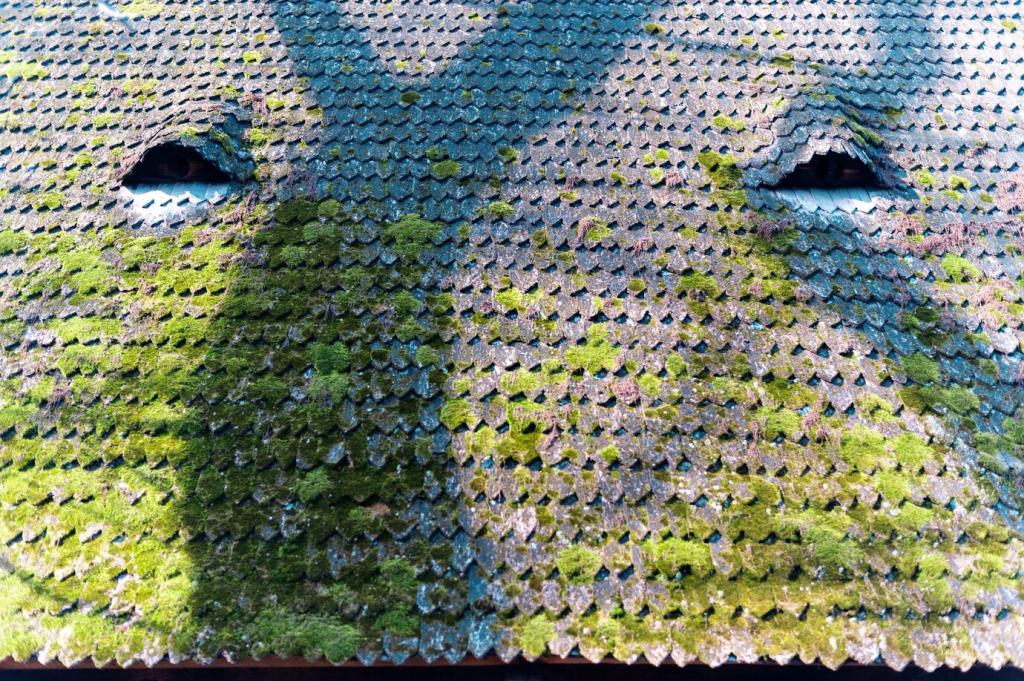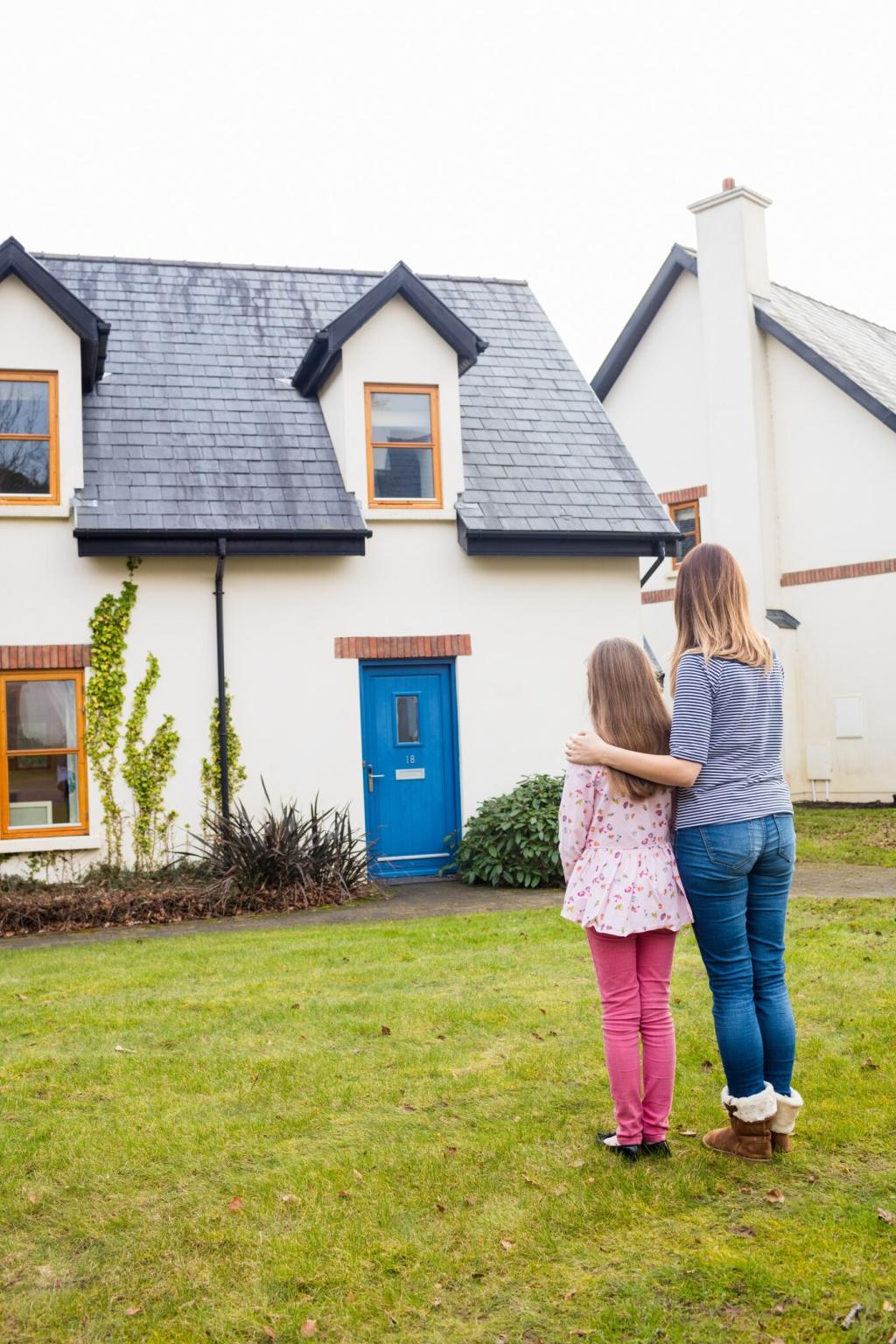
How to Extend Roof Lifespan
Understanding how to extend the lifespan of your roof is essential for any property owner. The roof serves as the primary barrier against environmental elements, playing a crucial role in protecting the structural integrity of your home. By implementing prudent maintenance habits, addressing minor issues early, and ensuring the quality of both materials and installation, you can maximize your roof’s longevity and avoid costly repairs. This guide delves into effective strategies and practical insights to help you keep your roof in optimal condition for years to come.
Professional Assessment
Enlisting a qualified roofing specialist for annual or biannual inspections ensures that your roof is thoroughly evaluated. Professionals are trained to identify subtle signs of wear or damage that often escape the untrained eye. Their expertise allows for early detection of problems like deteriorating flashing, compromised underlayment, or ventilation issues. Timely interventions based on professional assessments often prevent minor concerns from escalating into significant repairs, thus adding years to your roof’s service life.
Self-Check Maintenance
Apart from professional inspections, property owners also play a vital role in maintaining the roof by conducting periodic self-checks. Observing your attic and ceilings for any staining or mold growth can reveal water intrusion problems. Examining the roof after storms or high winds helps spot displaced shingles or broken tiles. Early detection and response foster a proactive maintenance culture, ensuring small issues are dealt with promptly.
Identifying Common Trouble Spots
Certain areas of your roof are more vulnerable to damage, such as valleys, chimneys, skylights, and vents. Become familiar with these common trouble spots, so you can monitor them regularly. Signs like rusted flashing, loose seals, or pooling water should be addressed quickly. Paying attention to these zones helps safeguard your roof against leaks and structural weaknesses that can shorten its lifespan.
Preventing and Managing Water Damage

Gutters and downspouts play a pivotal role in directing water away from your home. When these systems become clogged with leaves, debris, or dirt, water can back up and seep under shingles, causing rot and mold. Clean gutters and downspouts at least twice a year, monitoring them during the rainy season. Properly functioning gutters protect both your roof and home foundation, extending the life of your roofing materials by preventing unnecessary water exposure.
Enhancing Roof Durability with Quality Materials
Selecting the Right Roofing Material
Different roofing materials have varying lifespans, resistance levels, and maintenance requirements. Asphalt shingles, metal roofing, clay tiles, and slate all offer distinct benefits and expected service durations. Carefully consider your climate, architectural style, and budget when making a selection. Higher-quality or premium-grade materials may have a higher upfront cost but typically provide superior durability and longer-lasting protection for your home.
Reinforcing Flashing and Sealants
Flashing and sealants are critical components for preventing water intrusion around roof penetrations and edges. Over time, these materials can degrade or become dislodged. Choose high-grade metal flashing and weather-resistant sealants during installation or repairs. Investing in quality products at key weak points fortifies your roof, making it less susceptible to leaks, uplifting, and weather damage. Attention to detail in these areas adds significant years to your roof’s expected life.
Ventilation and Underlayment Considerations
Proper ventilation and underlayment are often overlooked yet fundamentally affect the roof’s longevity. Ventilation allows heat and moisture to escape, preventing premature aging of shingles and deterring mold growth in the attic. The choice of underlayment safeguards against ice dams and water infiltration. Opting for breathable, moisture-resistant underlayment and ensuring balanced ventilation both above and below the roof deck will help maintain structural integrity for many years.
